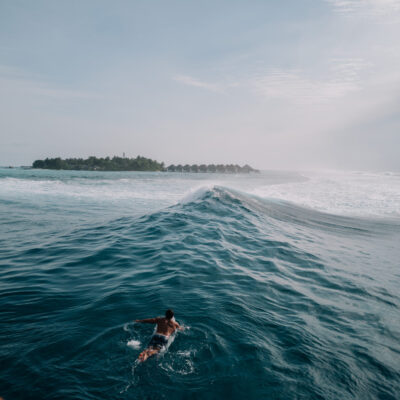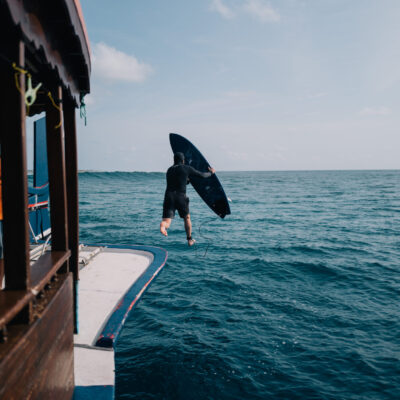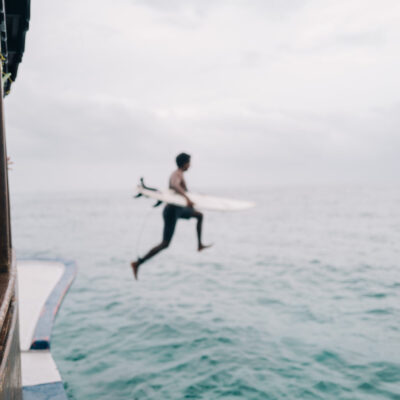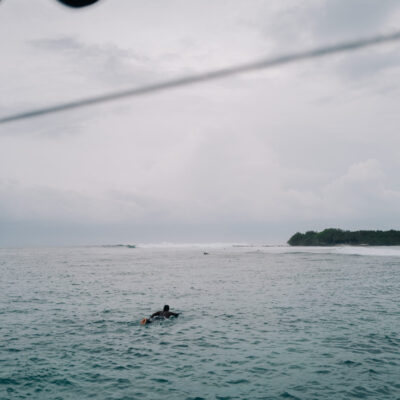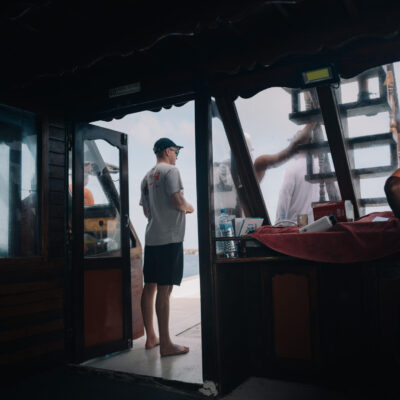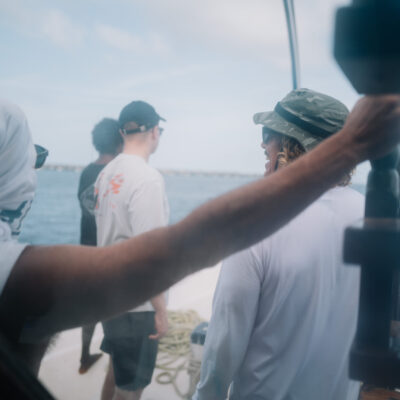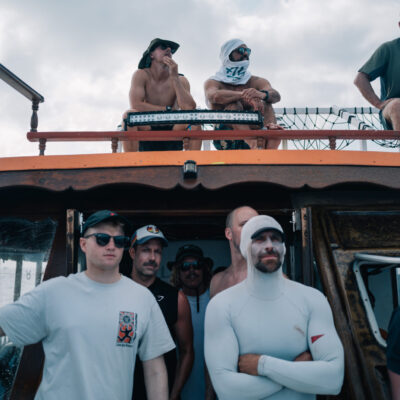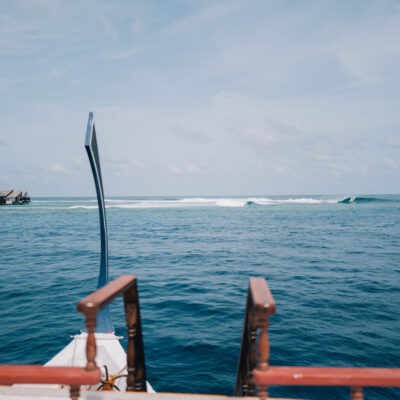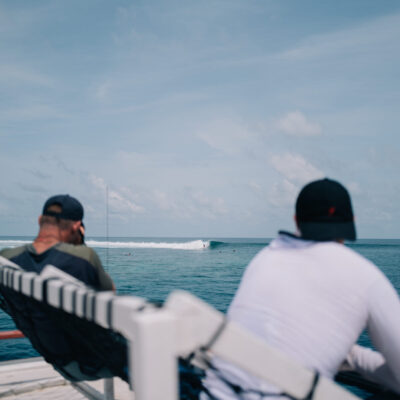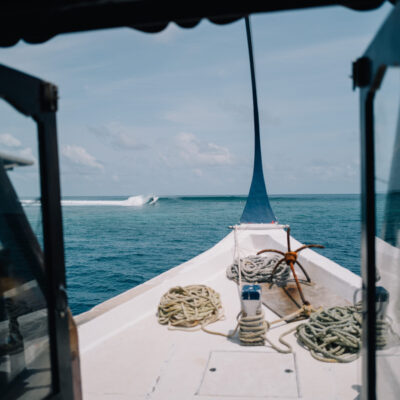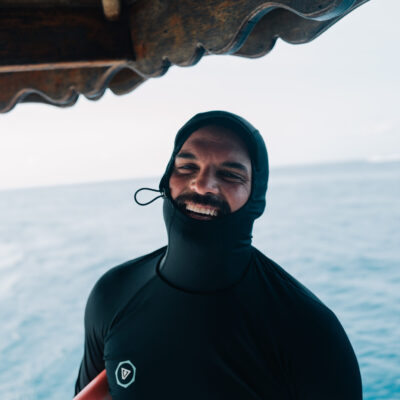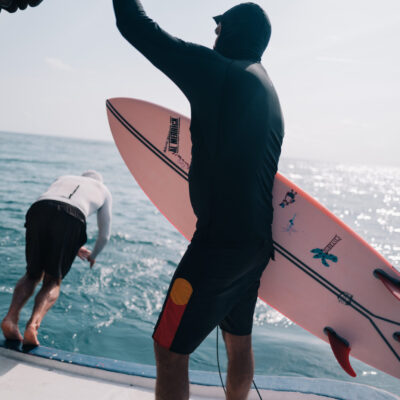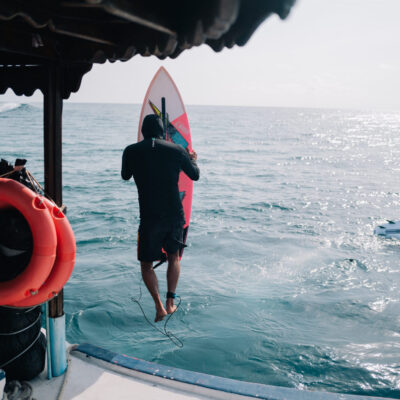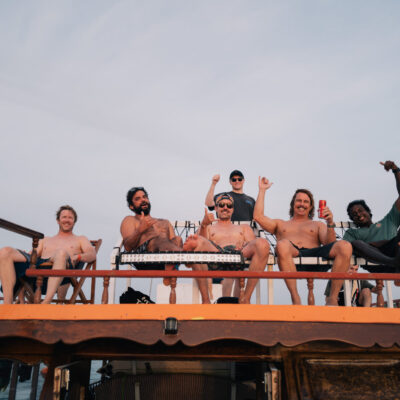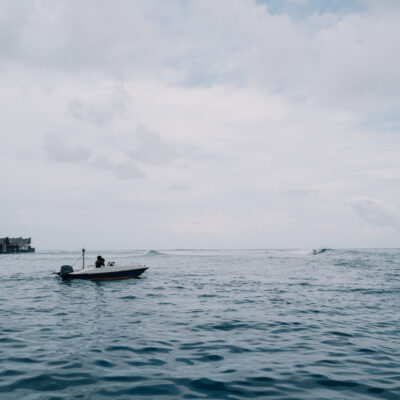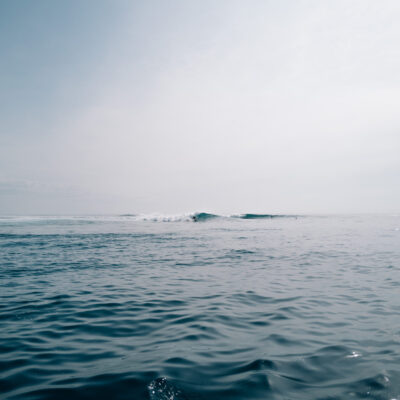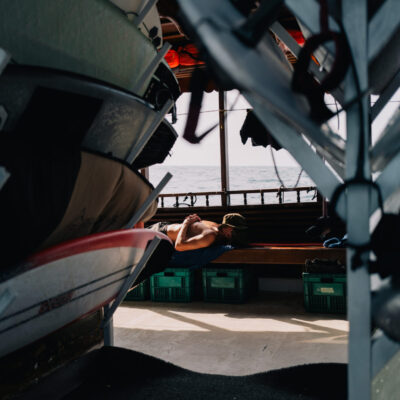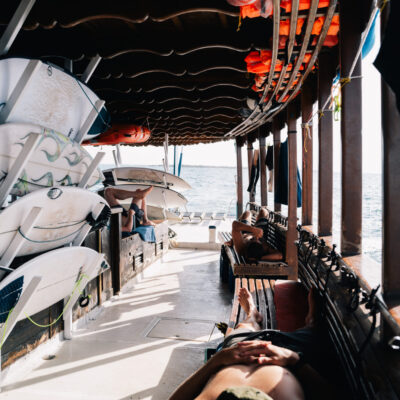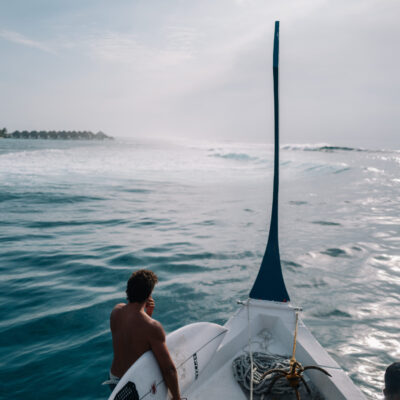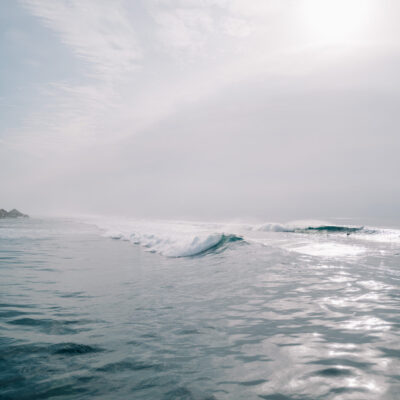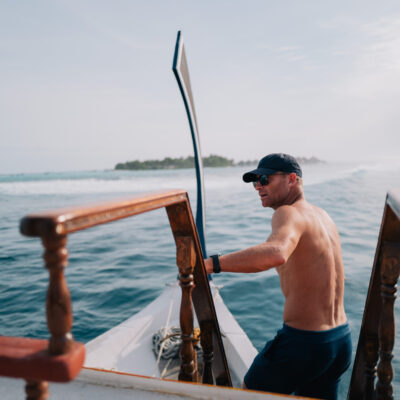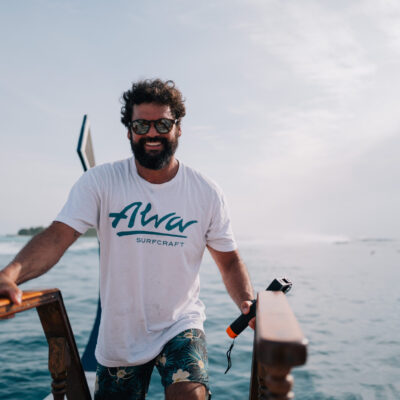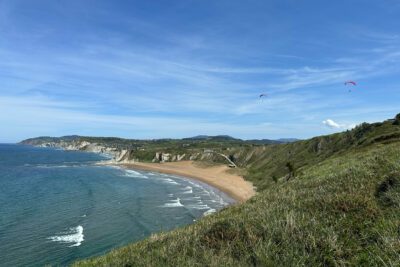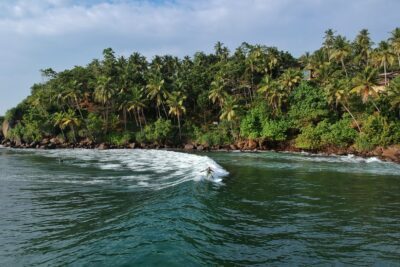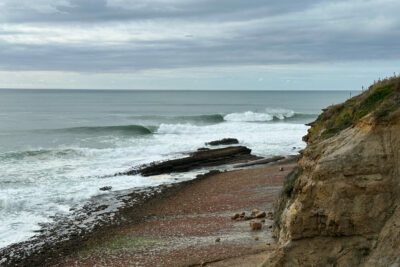1. Introduction to Maldives Boat Surftrip
A surf trip in the Maldives isn’t just about chasing perfect waves — it’s about unlocking a unique blend of adventure, luxury, and freedom. While many visitors choose to stay on resort islands or surf camps, boat-based surf trips offer a completely different — and arguably superior — experience for those who are living the search.
Surfing from a chartered boat allows you to explore a wide variety of breaks across the scattered atolls without being tied to one location. You wake up next to the surf, with dawn patrol only a dhoni or dinghy (a dhoni is a larger, traditional boat, while a dinghy is a smaller, more versatile vessel) ride away. If the swell shifts or the wind turns, the captain can chart a course to a better spot. It’s mobility, flexibility, and uncrowded lineups all rolled into one.
In contrast, land-based surf accommodations are typically limited to a few well-known waves within striking distance. While they offer the comfort of staying in one place, you’re often competing with surfers from multiple resorts or guesthouses. Boats eliminate that bottleneck, giving you access to lesser-known or less crowded breaks — often with your group being the only ones out.
A boat surftrip in the Maldives is about more than just scoring waves; it’s about being immersed in nature, sharing meals and stories with your crew, and watching sunsets from the deck while anchored in turquoise lagoons. It’s surf travel in its purest, most adventurous form.
2. Maldives Surf Regions and Seasons
The Maldives stretch over 800 km from north to south, divided into 26 atolls. For surfing purposes, the islands are generally grouped into three key regions: North Malé Atolls, Central Atolls, and Southern Atolls. Each has its own surf personality, seasonal sweet spots, and boat charter options.
North Malé Atolls
- Best Season: April to October (peak: May–August)
- Highlights: The most accessible and well-known region. Home to iconic breaks like Chickens, Cokes, Sultans, and Jailbreaks.
- Conditions: Consistent SE swells during the Southwest monsoon, with mostly right-handers on reef passes.
- Boat Charters: Shorter trips (7–10 days) often focus here. Ideal for first-time Maldives boat trips or those with limited time.
Central Atolls
- Best Season: May to October (peak: June–September)
- Highlights: Remote, less crowded, with a mix of lefts and rights such as Muli, Finnimas, and Vodi.
- Conditions: Similar swell season to the North, but with fewer surfers around and more exploratory potential.
- Boat Charters: Longer trips (10+ days) are usually required due to the distance. More suited to experienced surf travelers looking to avoid the crowds.
Southern Atolls (Huvadhoo and Addu)
- Best Season: March to May and September to early November (shoulder seasons)
- Highlights: More exposed to early and late season swells. Epic waves like Beacons, Blue Bowls, and Love Charms.
- Conditions: Crystal-clear water, powerful reef breaks, and the possibility of scoring epic sessions with no one around.
- Boat Charters: Often involve domestic flights (or longer crossings). Great for those chasing quality waves away from the beaten track.
3. Maldives Surf Trip on a Boat Review
After years of dreaming about it, we finally did it — a 10-day boat-based surf trip in the Maldives. And while we came in with high expectations, the experience still managed to blow us away.
We originally planned to explore the Central Atolls, but nature had other plans. The swell charts showed little promise in that region, and thanks to the expertise of our local surf guide, we adjusted our route and headed north instead. That flexibility — being able to chase the best conditions — is one of the biggest advantages of doing a surf trip by boat.
Each day kicked off with a sunrise session. We surfed two, sometimes even three times a day. Within ten days we surfed twelve different surf breaks in the Maldives, which is insane! Our boat had a local Maldivian surf guide, Yeamaan, who knew the area like the back of his hand. He led us to secret spots where, to our disbelief, we surfed perfect reef surf breaks with not another soul in the water. That kind of exclusivity is incredibly rare these days — it felt like a step back in time.
Another game-changer on this trip was having Shannon Ainsley, a professional surf coach from South Africa onboard, who by the way survived two shark attacks. Being filmed at least once per day and based on the takes, his daily coaching helped us break bad habits, improve technique, and push ourselves in ways we never would have without guidance. Whether you’re a solid intermediate or advanced surfer, this kind of focused coaching in world-class waves is a massive bonus.


